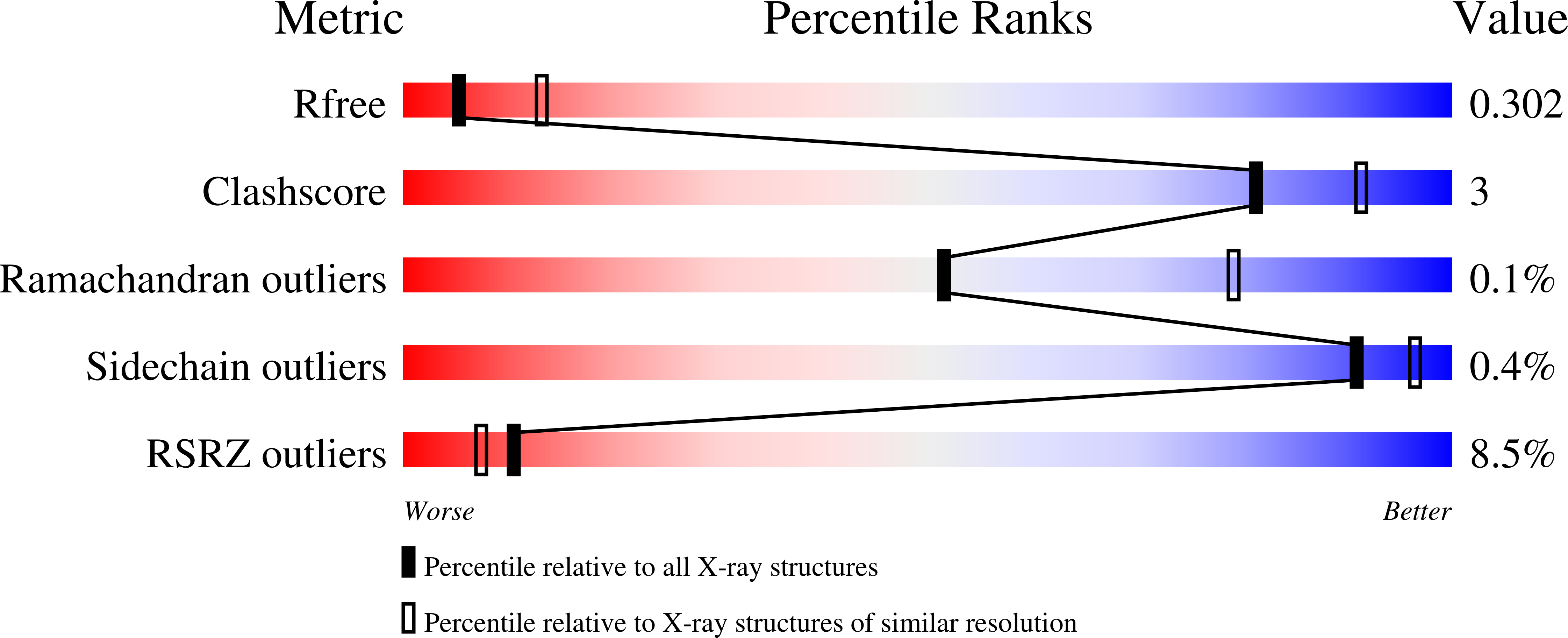
Deposition Date
2020-12-08
Release Date
2021-08-25
Last Version Date
2024-11-13
Entry Detail
PDB ID:
7KYO
Keywords:
Title:
PsaBC from Streptococcus pneumoniae in complex with Fab
Biological Source:
Source Organism:
Streptococcus pneumoniae serotype 2 (strain D39 / NCTC 7466) (Taxon ID: 373153)
Mus musculus (Taxon ID: 10090)
Mus musculus (Taxon ID: 10090)
Host Organism:
Method Details:
Experimental Method:
Resolution:
2.85 Å
R-Value Free:
0.27
R-Value Work:
0.23
R-Value Observed:
0.23
Space Group:
C 2 2 21


